The second body torque involved in running will come from the left leg. Since the left leg has been thrust in front of our athlete, we know then that a force, relatively speaking with regards to direction, will end up pulling the left hip forward. See Figure 1.
 Figure 1. Force pulling the left hip forward.
Figure 1. Force pulling the left hip forward.
And seeing this, we can ask a similar question just like we did for the first body torque and that is, if this were the only force acting on the body, which direction, if any, will it cause our athlete’s hips to turn?
Well in this case, and with respect to the spinal column, the force pulling on the left hip is displaced to the left of it. So we know that it has to rotate the body in one direction or the other.
And if we imagine this pulling force continuing in the same direction, forward, we can then see that it will produce a clockwise torque around the spinal column as seen by the direction of this arrow. See Figure 2.
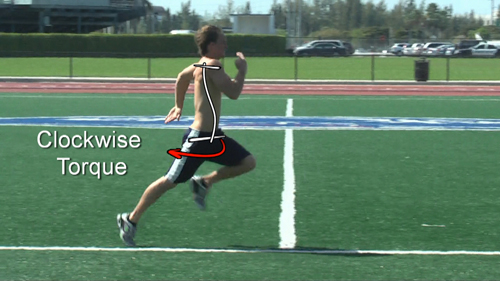 Figure 2. Clockwise torque around the spinal column by left leg.
Figure 2. Clockwise torque around the spinal column by left leg.
The muscles responsible for this torque are primarily the hip flexors, and their names are the psoas, iliacus, rectus femoris, Sartorius, adductor brevis, adductor longus and pectineus. See Figure 3.
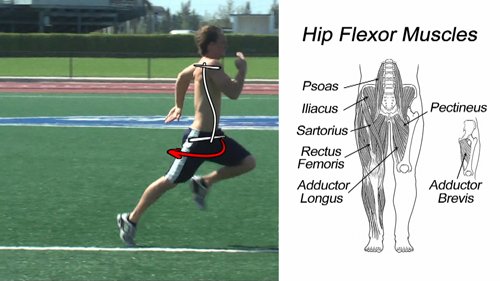 Figure 3. Hip Flexors muscles creating torque in clockwise direction.
Figure 3. Hip Flexors muscles creating torque in clockwise direction.
Now these 7 hip flexor muscles are a very interesting group for at least three reasons.
Reason #1
There are not many exercises and/or machines available for athletes to train their hip flexors
The first reason the hip flexors are an interesting group of muscles is that here we have one of the longest and strongest muscle groups in the body that is responsible for improving your running stride and turnover rate, yet when it comes to the opportunities for athletes to train them, there appear to be very few. See Figure 4.
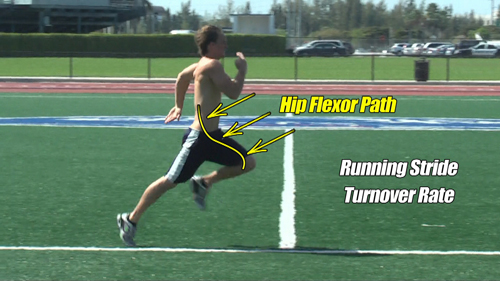 Figure 4. Not many exercises available for hip flexor training.
Figure 4. Not many exercises available for hip flexor training.
For example, if you were to go in to a gym, any gym for that matter, the chances of you finding a machine to help you train these muscles would be very slim. From my own personal experience, there is just one machine dedicated in this regard and it looks like this, where you stand on a platform and have a lever with a pad on it placed over your knee that will allow you to raise it upward while lifting a stack of weights. See Figure 5.
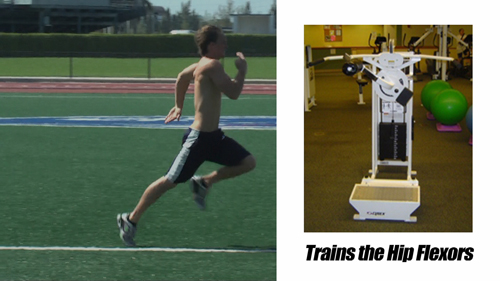 Figure 5. Dedicated hip flexor machine.
Figure 5. Dedicated hip flexor machine.
The only other opportunity you might have to train them as far as using a machine is concerned is that you could possibly pull a stack of weights through a cable that is attached around your ankle, but personally I don’t recommend this as an exercise because of the risk of injury to the hip flexors should you lose your balance during the routine. See Figure 6.
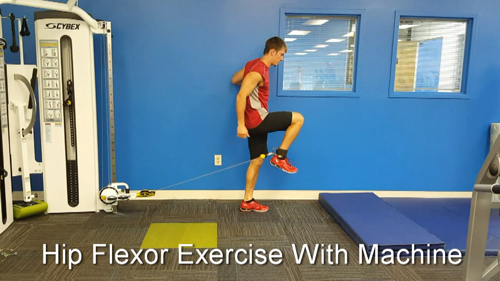 Figure 6. Hip flexor exercise.
Figure 6. Hip flexor exercise.
And that’s about it as far as machines are concerned. If there are any other dedicated hip flexor machines, I simply haven’t seen them and if they do exist, they are not very popular at the moment.
Now with regards to simple exercises to help you train them, you are looking at things like sit-ups and hanging knee raises. You might also consider tying a resistance band between your thighs and running to create tension in the hip flexors as the knees are thrust upward and forward. See Figure 7.
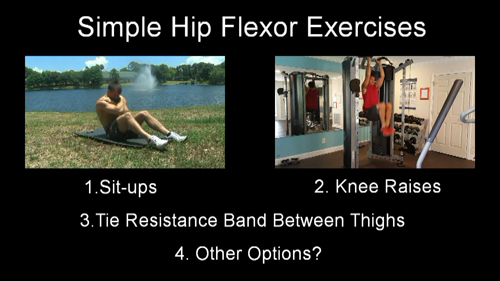 Figure 7. Simple Hip Flexor Exercises.
Figure 7. Simple Hip Flexor Exercises.
And that’s about it with regards to what many athletes have as options to train this muscle group which again is quite unique considering the importance of them to running faster.
Now with regards to these exercises we just mentioned which include the dedicated hip flexor machine, situps, hanging knee raises and running with bands between your thighs, I personally like all of them. See Figure 8.
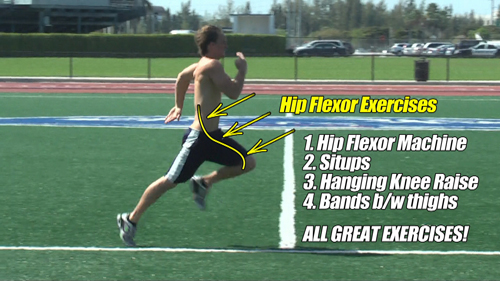 Figure 8. All Great Hip Flexor Exercises.
Figure 8. All Great Hip Flexor Exercises.
But even if you are really devoted to these exercises to help improve your hip flexor performance, you will have a hard time training all 7 of your hip flexor muscles if these are the only exercises you do. In fact, you will likely only be training two of them with these exercises which brings us to the second reason why this is such an interesting group. See Figure 9.
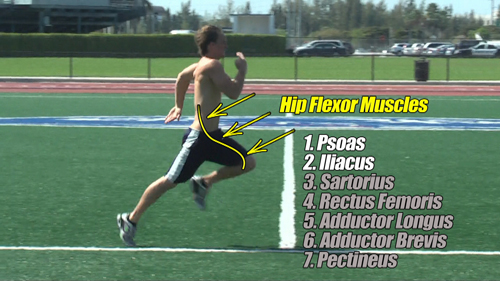 Figure 9. Only 2 out of 7 hip flexor muscles are typically ever exercised.
Figure 9. Only 2 out of 7 hip flexor muscles are typically ever exercised.
Reason #2
Not all 7 hip flexor muscles are created equal.
The second reason why the hip flexors are such an interesting group of muscles is because even though your hip may go into flexion, this doesn’t mean that all 7 of them will be working equally at the same time. See Figure 10.
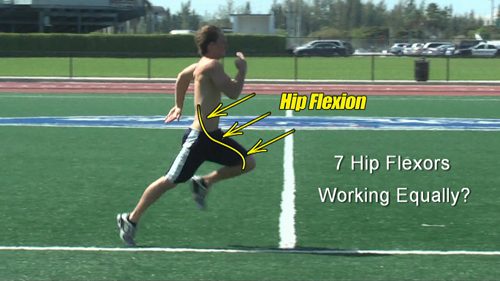 Figure 10. Not all 7 hip flexors work equally.
Figure 10. Not all 7 hip flexors work equally.
And this has to do with the differences between where each of these muscles originate and then insert that give some of them a little more responsibility over the others depending on the position of your hip, thigh and leg.
So, for example, let’s talk about the psoas and iliacus muscles. These are perhaps the two most popular hip flexor muscles that you are likely to train. The psoas originates from the transverse processes of T12 through L5, crosses over the hip joint and then inserts into the lesser trochanter of the femur as seen by this line here. See Figure 11.
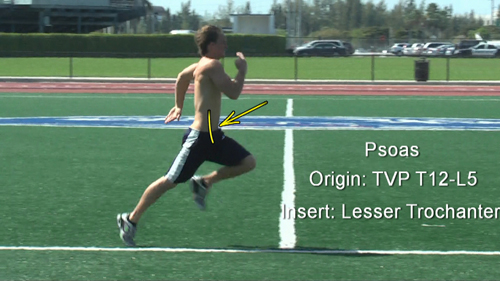 Figure 11. Location of Psoas muscle.
Figure 11. Location of Psoas muscle.
The iliacus originates from the upper 2/3’s of the iliac fossa, crosses over the hip joint as well and also inserts into the lesser trochanter of the femur as seen by this line. See Figure 12.
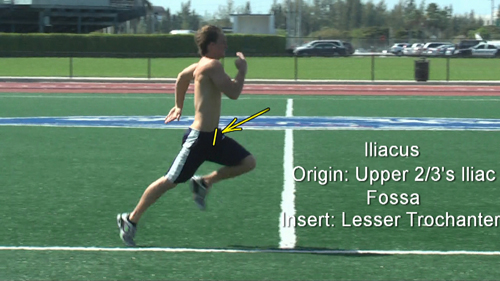 Figure 12. Location of Iliacus muscle.
Figure 12. Location of Iliacus muscle.
Now any flexion of your thigh upward, similar to what you are seeing in this image, will be caused primarily by these two muscles. And this is similar to the position of your thigh when you perform the exercises such as situps and hanging knee raises and the others. See Figure 13.
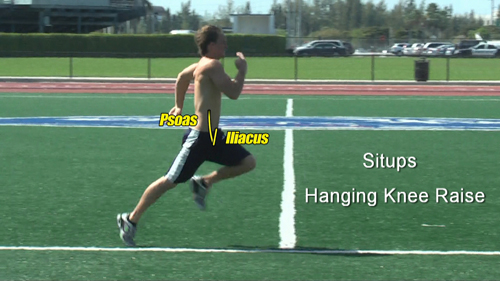 Figure 13. Psoas and Iliacus Muscles.
Figure 13. Psoas and Iliacus Muscles.
But as I mentioned previously, these exercises will not effectively engage the other 5 hip flexors muscles for reasons that will now be explained.
Targeting the Rectus Femoris
Starting with the rectus femoris, it crosses two joints, not just one. It crosses both the hip and the knee as seen by our line drawn here. See Figure 14.
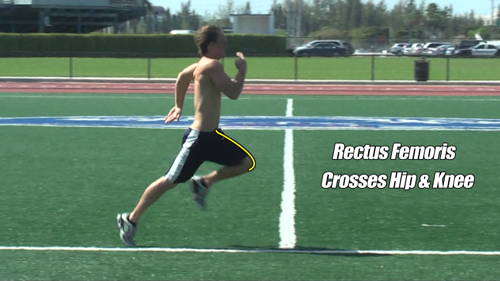 Figure 14. Location of Rectus Femoris.
Figure 14. Location of Rectus Femoris.
And so to effectively engage this muscle, not only does the hip have to be flexed under resistance, but the knee has to also be extended under resistance, otherwise you will be missing out on a significant amount of hip flexor strength that this muscle can provide. See Figure 15.
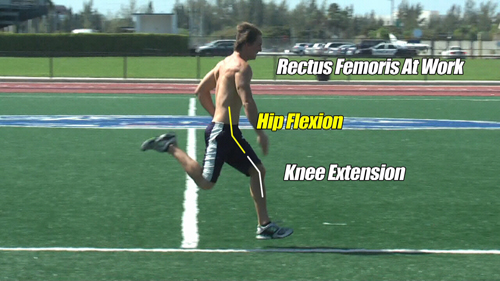 Figure 15. Rectus Femoris involved in hip flexion and knee extension.
Figure 15. Rectus Femoris involved in hip flexion and knee extension.
Situps, hanging knees raises and the others don’t work the rectus femoris this way and that means, your stride and turnover rate will not be as quick and strong as it could be.
Targeting the Sartorius
Now, the Sartorius muscle also crosses two joints, just like the rectus femoris. It crosses both the hip and the knee as seen by our line drawn here. See Figure 16.
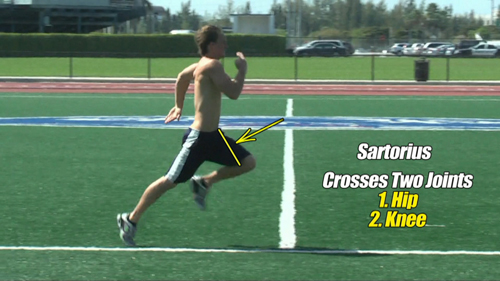 Figure 16. Location of Sartorius muscle.
Figure 16. Location of Sartorius muscle.
For this muscle to be fully engaged within an exercise, not only does the hip have to be flexed under resistance and knee extended under resistance, but because the Sartorius inserts into the inside of the knee, the entire thigh and leg must also be externally rotated outward under resistance. See Figure 17.
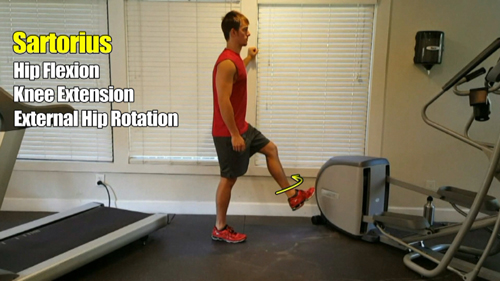 Figure 17. Sartorius targeted with hip in flexion, knee in extension and hip in external rotation.
Figure 17. Sartorius targeted with hip in flexion, knee in extension and hip in external rotation.
Looking at this from a different angle, we see the thigh being flexed first, followed by extension of the knee and then finally external rotation of the hip. See Figure 18.
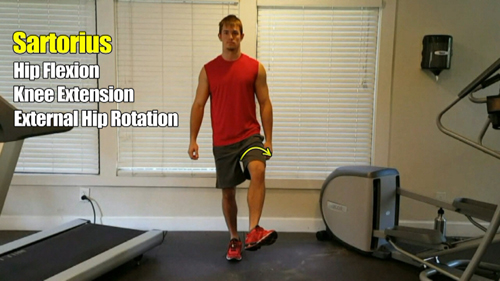 Figure 18. Sartorius targeted with hip in flexion, knee in extension and hip in external rotation.
Figure 18. Sartorius targeted with hip in flexion, knee in extension and hip in external rotation.
And this also happens to be the same position to effectively draw in the remaining three hip flexor muscles, which are the adductor longus, adductor brevis and pectineus. See Figure 19.
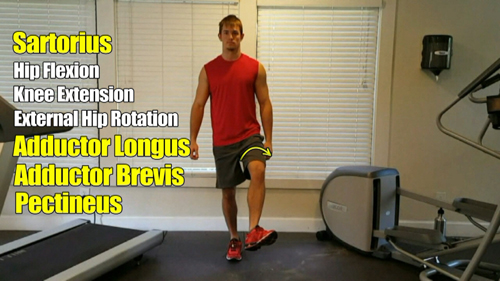 Figure 19. Targeting the Adductor Longus, Adductor Brevis and Pectineus by putting the hip in flexion, knee in extension and hip in external rotation.
Figure 19. Targeting the Adductor Longus, Adductor Brevis and Pectineus by putting the hip in flexion, knee in extension and hip in external rotation.
So you can see that while performing exercises like situps and hanging knee raises are good exercises, they are limited to only the psoas and ilacus muscles. To get the other 5 hip flexors involved requires placing your leg and thigh into different positions.
Reason #3
The Hip Flexor Muscles are More Powerful and More Important Than You Might Think When it Comes to Running Faster
The third reason why the hip flexors are such an interesting group of muscles is because they are actually a lot more powerful and a lot more important than you might think when it comes to running faster.
Now as we mentioned in the first video, there are a total of 5 body torques, or rotational forces, acting on the spinal column and they all must offset each other, or counterbalance each other, so that you can maintain running in a straight line. See Figure 20.
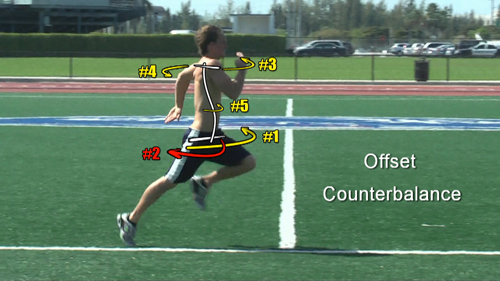 Figure 20. Five torques acting on the spinal column must offset each other.
Figure 20. Five torques acting on the spinal column must offset each other.
This means that, when you add them all up, the net rotational force must equal zero. See Figure 21.
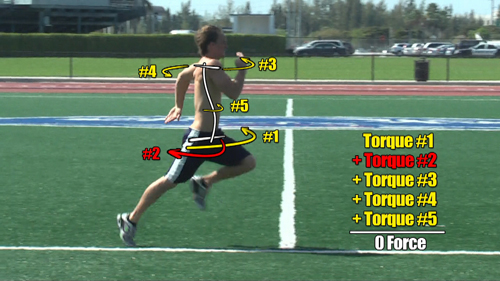 Figure 21. All torques must add up to zero force.
Figure 21. All torques must add up to zero force.
Or another way of seeing this is the amount of force produced by all of the CCW torques must equal the amount of force produced by all of the CW torques. See Figure 22.
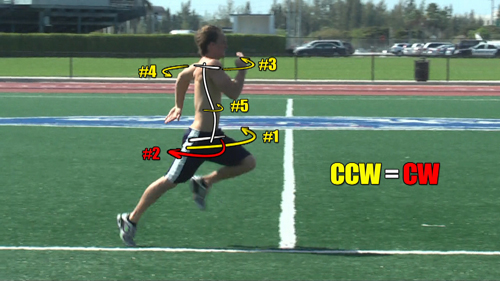 Figure 22. All Counterclockwise body torques must equal all clockwise torques.
Figure 22. All Counterclockwise body torques must equal all clockwise torques.
And so, right now, you will recall back in video #1 of this series that we had body torque #1 going in the CCW direction which was powered by the glutes/hams, quads and calves on the right side of the body, and here in this video, we have torque #2 going in the CW direction which we just learned was powered by the hip flexors. See Figure 23.
 Figure 23. Torque 1 (CCW) and Torque 2 (CW).
Figure 23. Torque 1 (CCW) and Torque 2 (CW).
With three more torques to consider, one for the left arm, one for the right arm, and one for the torso, I bet many of you would think that most, if not all of three of them, would favor the side of the hip flexors to help support them against the powerful glutes/hams, quads and calves…and if you did, you are going to be pleasantly surprised to find out otherwise. See Figure 24.
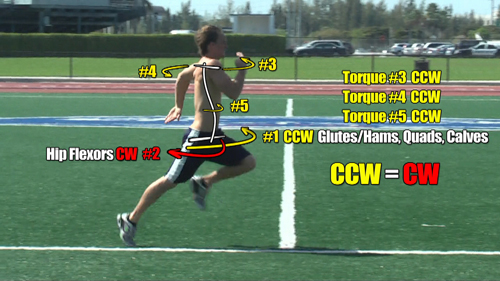 Figure 24. Torques 1, 3, 4 and 5 are CCW and Torque 2 is CW.
Figure 24. Torques 1, 3, 4 and 5 are CCW and Torque 2 is CW.
To see this, let’s move on to the next video where we discuss body torque #3 for the right arm and body torque #4 for the left arm. See Figure 25.
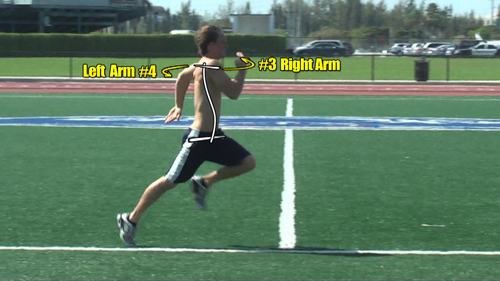 Figure 25. Torque 3 for right arm and torque 4 for left arm.
Figure 25. Torque 3 for right arm and torque 4 for left arm.
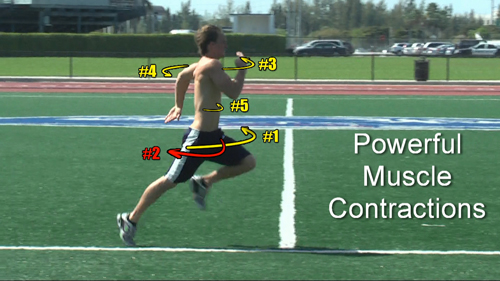 Figure 1. 5 Rotational Forces to Run Faster.
Figure 1. 5 Rotational Forces to Run Faster.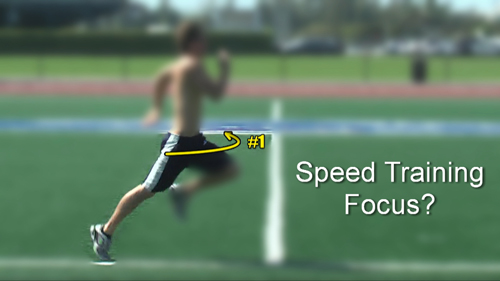 Figure 2. Narrow Speed Training Focus.
Figure 2. Narrow Speed Training Focus.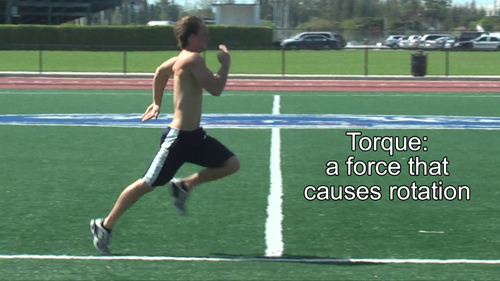 Figure 3. Torque is a force that causes rotation.
Figure 3. Torque is a force that causes rotation.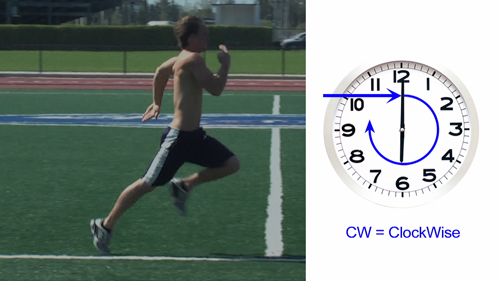 Figure 4. Clockwise Torque.
Figure 4. Clockwise Torque.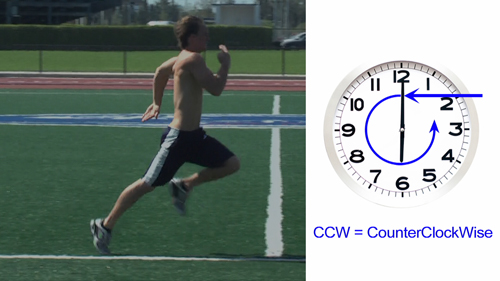 Figure 5. Counterclockwise Torque.
Figure 5. Counterclockwise Torque.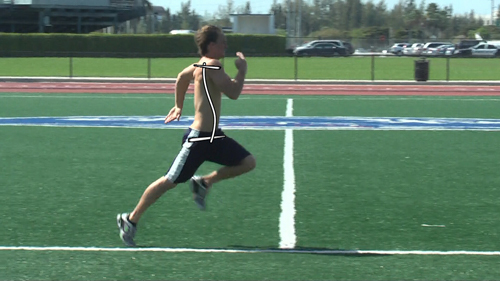 Figure 6.
Figure 6.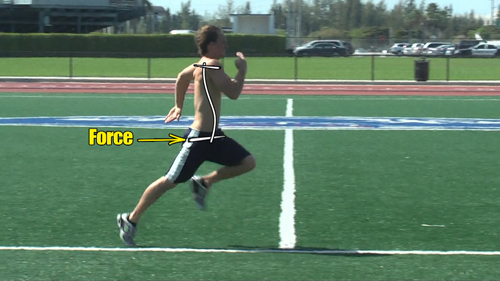 Figure 7. Force pushing through right hip.
Figure 7. Force pushing through right hip.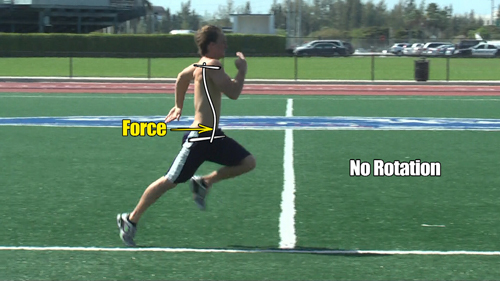 Figure 8. No rotation caused by force in the center of the spine.
Figure 8. No rotation caused by force in the center of the spine.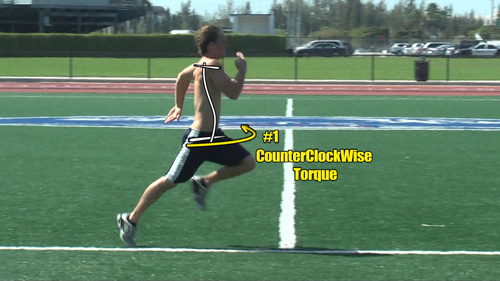 Figure 9. Torque #1 is Counterclockwise.
Figure 9. Torque #1 is Counterclockwise.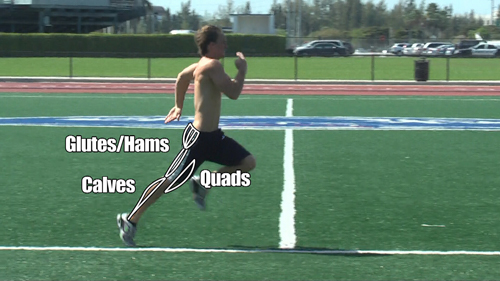 Figure 10. Glutes/Hams, Quads, Calves for Torque #1.
Figure 10. Glutes/Hams, Quads, Calves for Torque #1.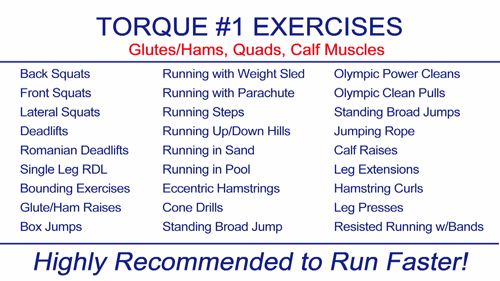 Figure 11. Torque #1 Exercises.
Figure 11. Torque #1 Exercises.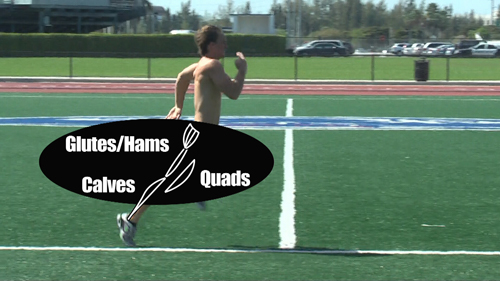 Figure 12.
Figure 12.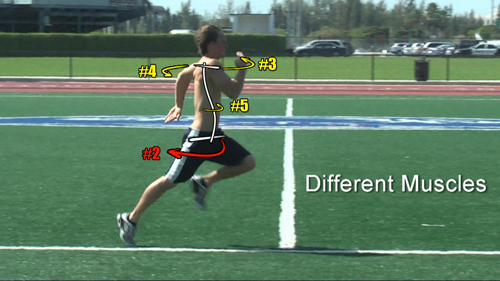 Figure 13.
Figure 13.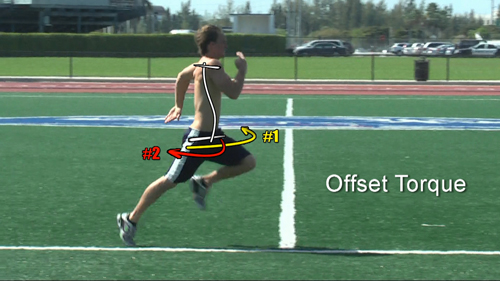 Figure 14.
Figure 14.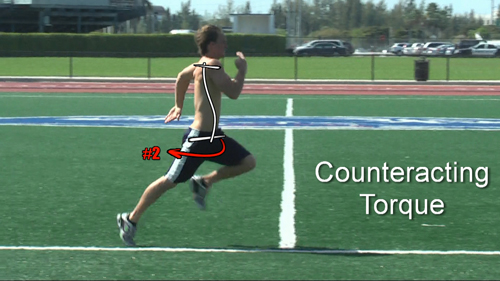 Figure 15. Torque #2, Counteracting Torque.
Figure 15. Torque #2, Counteracting Torque.